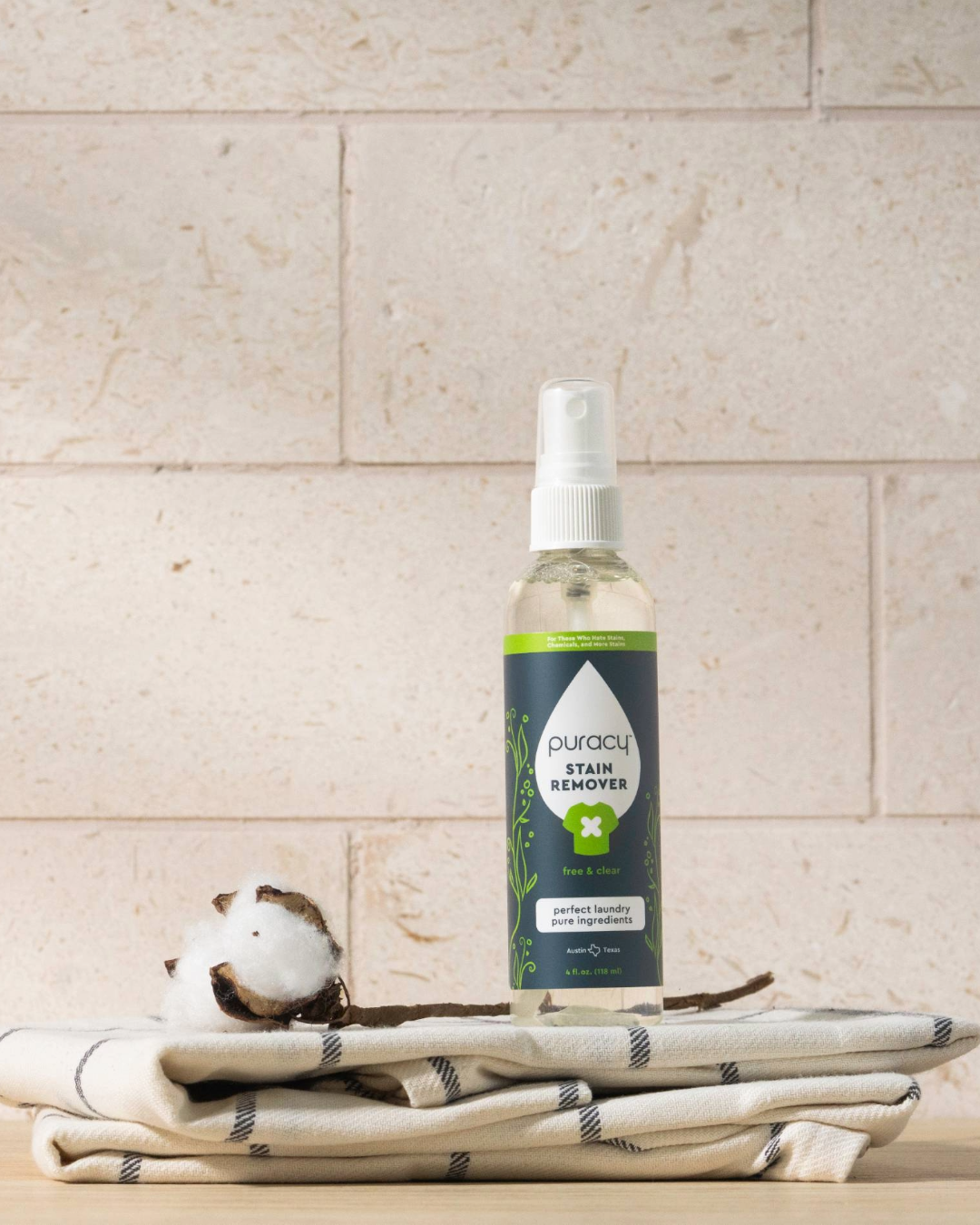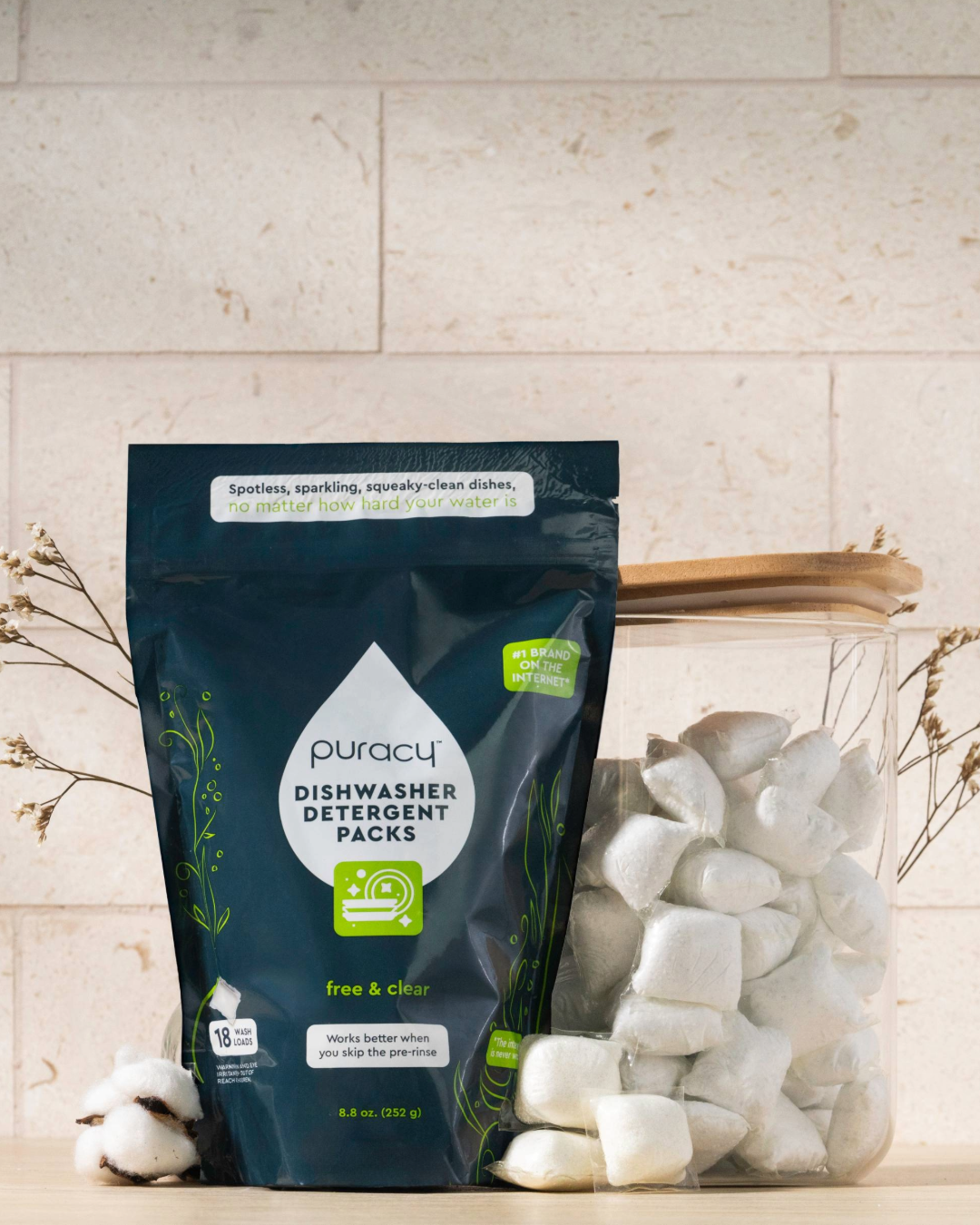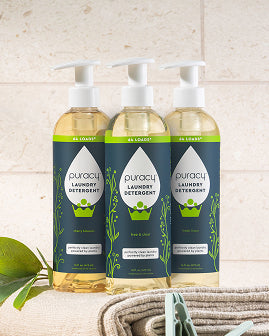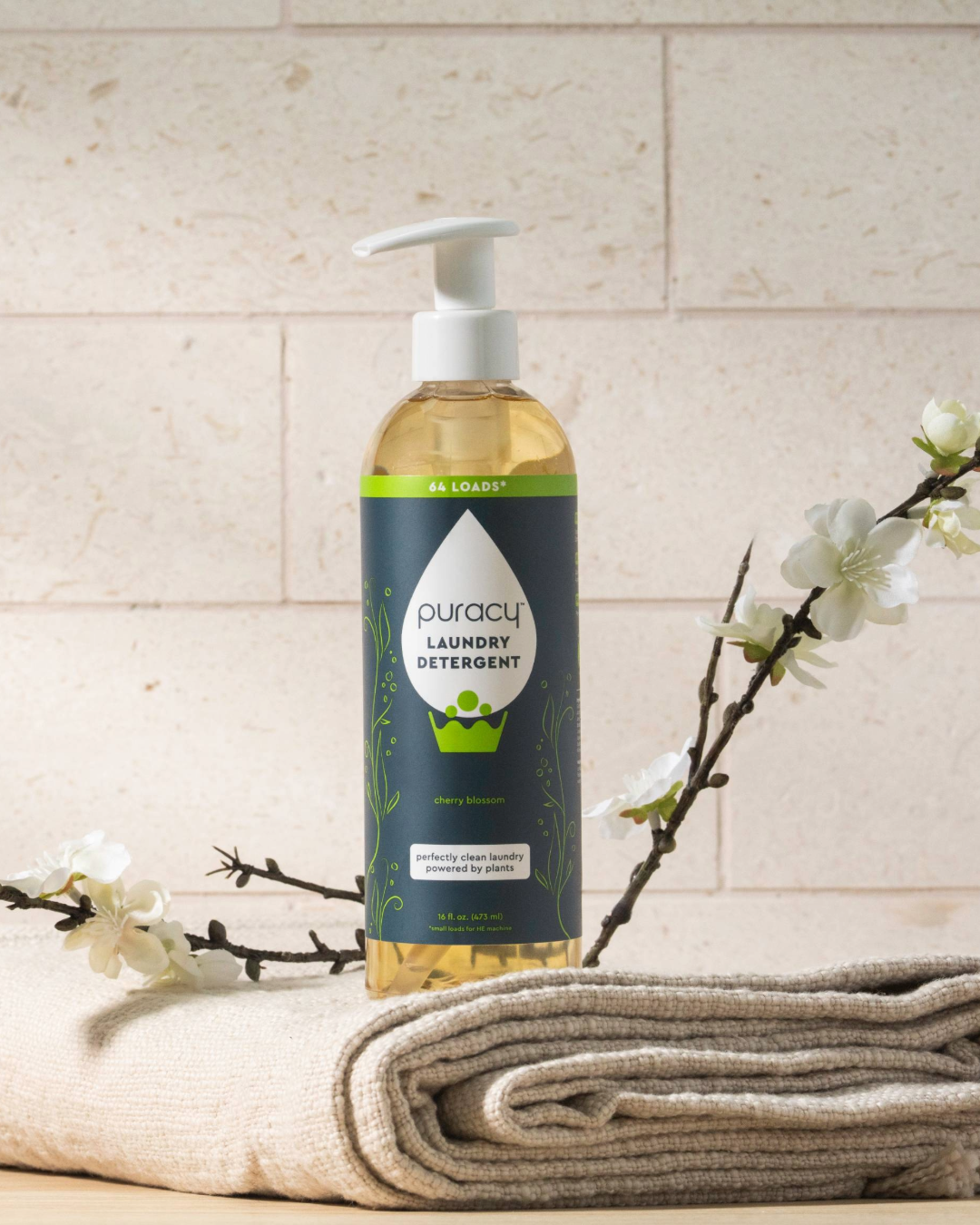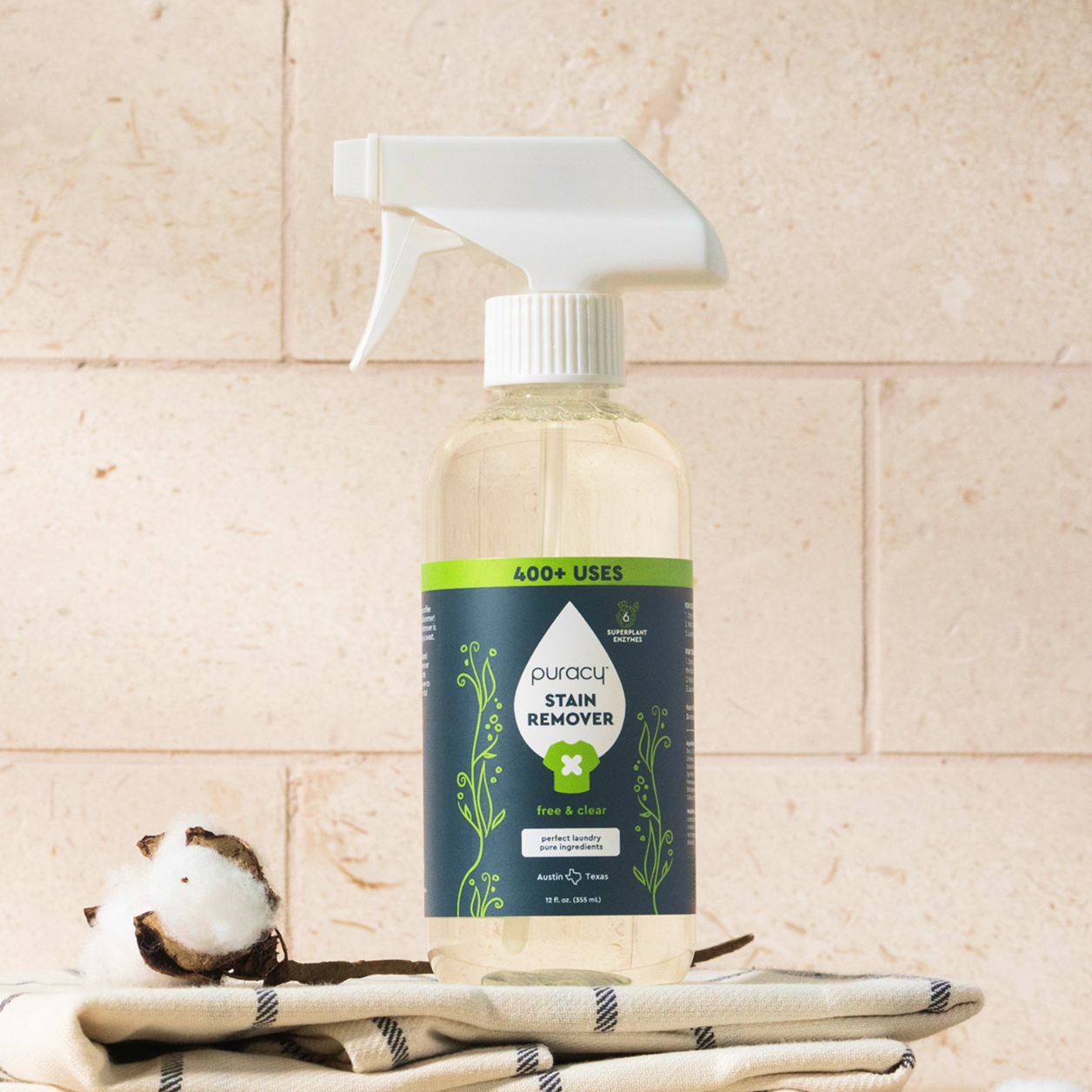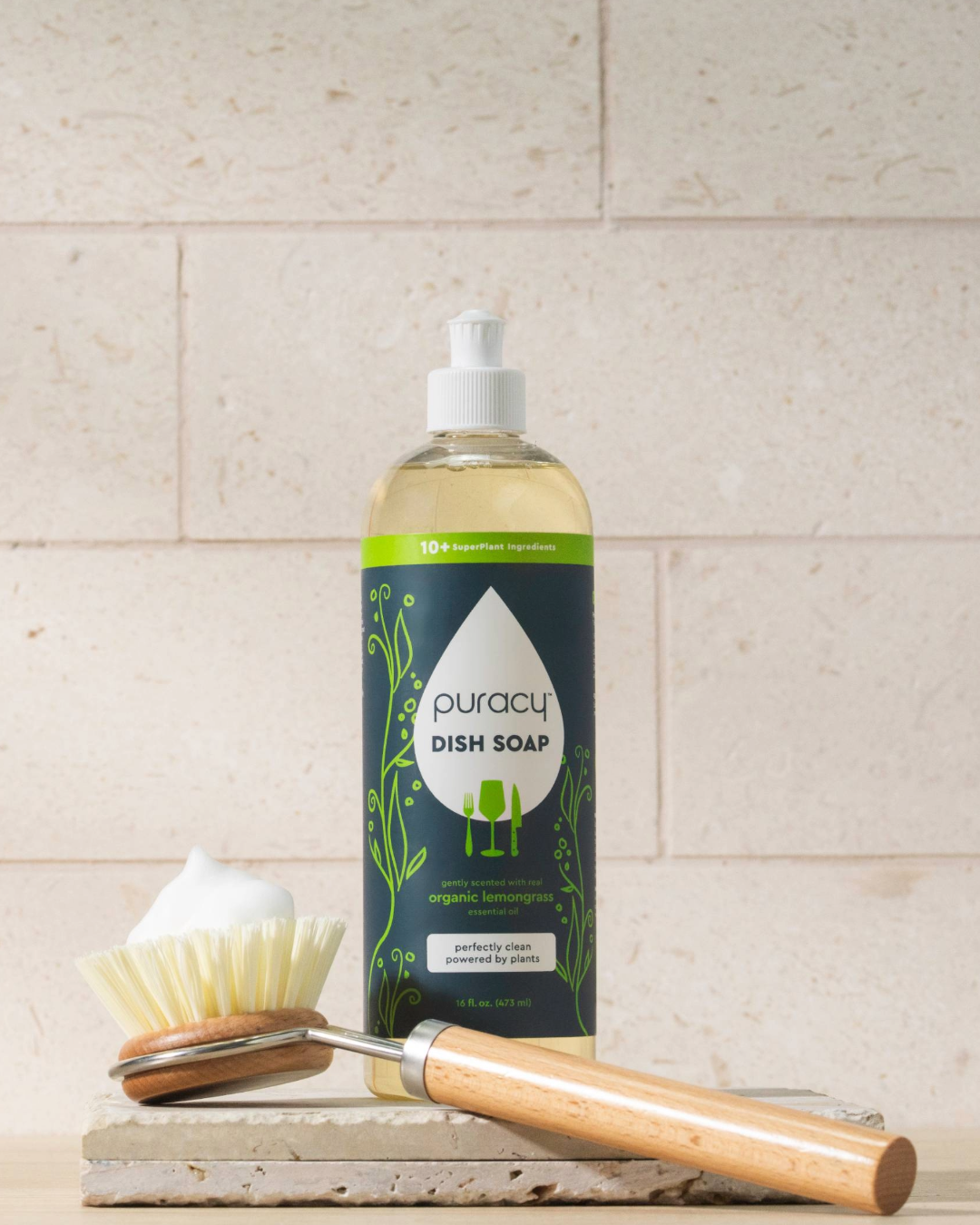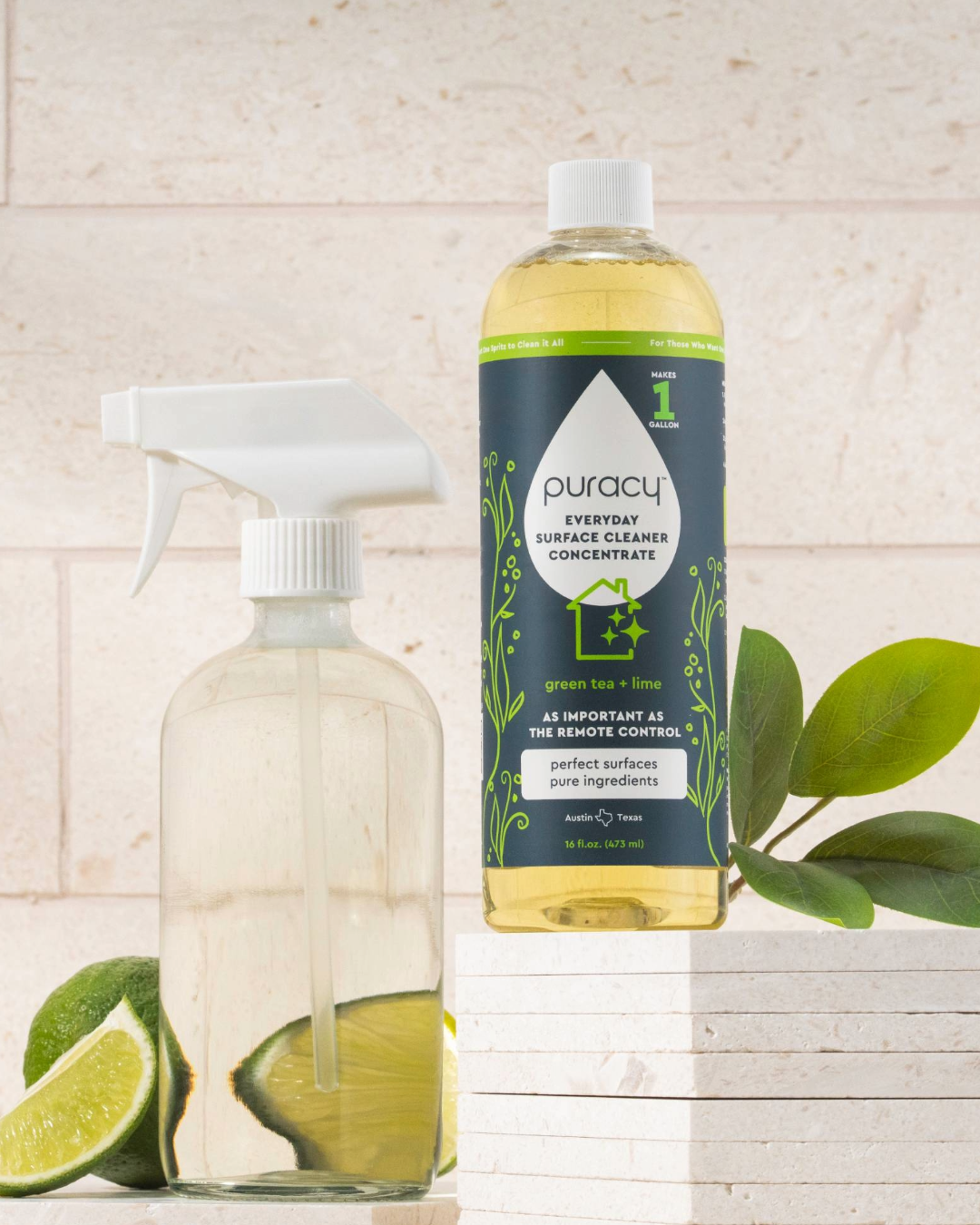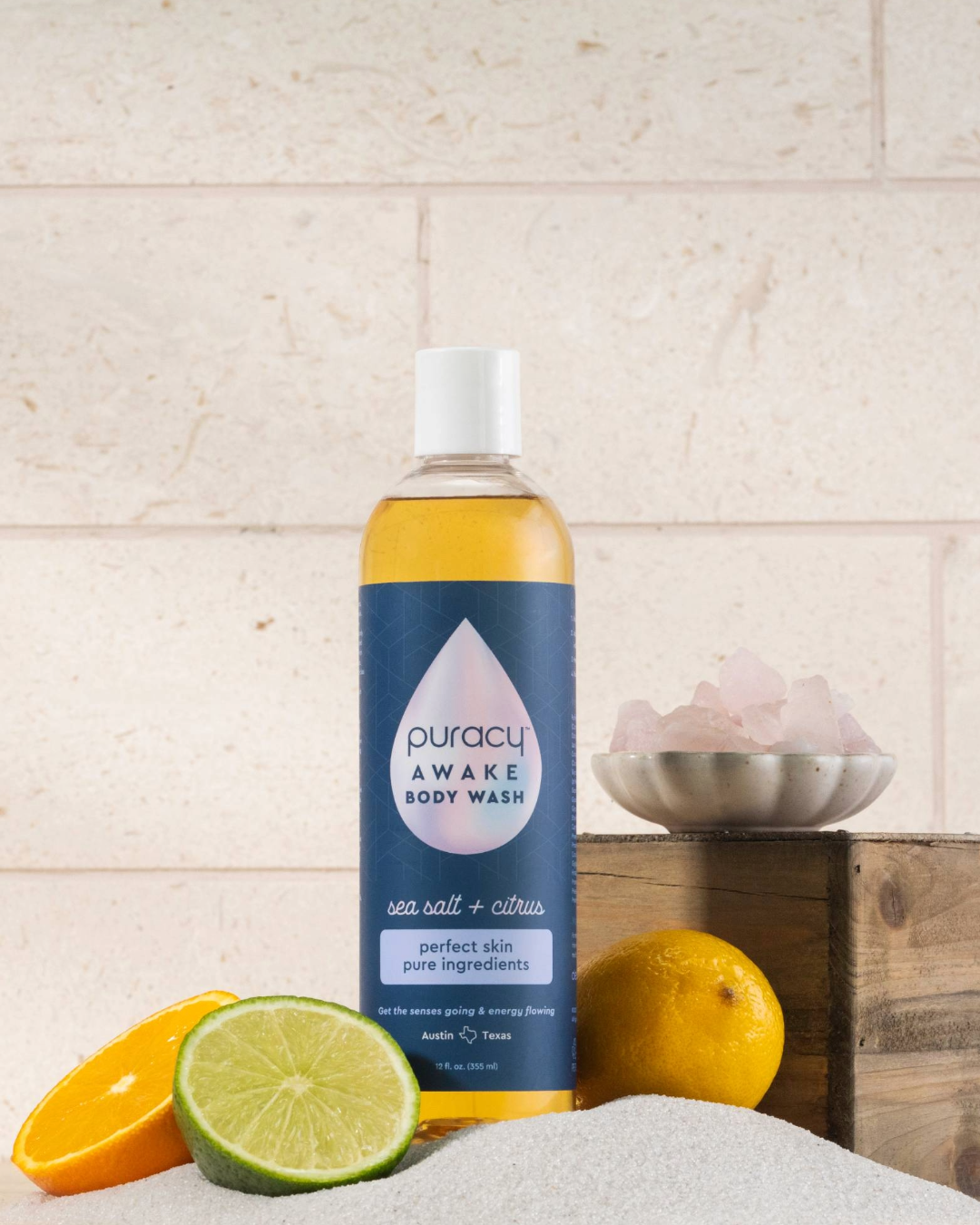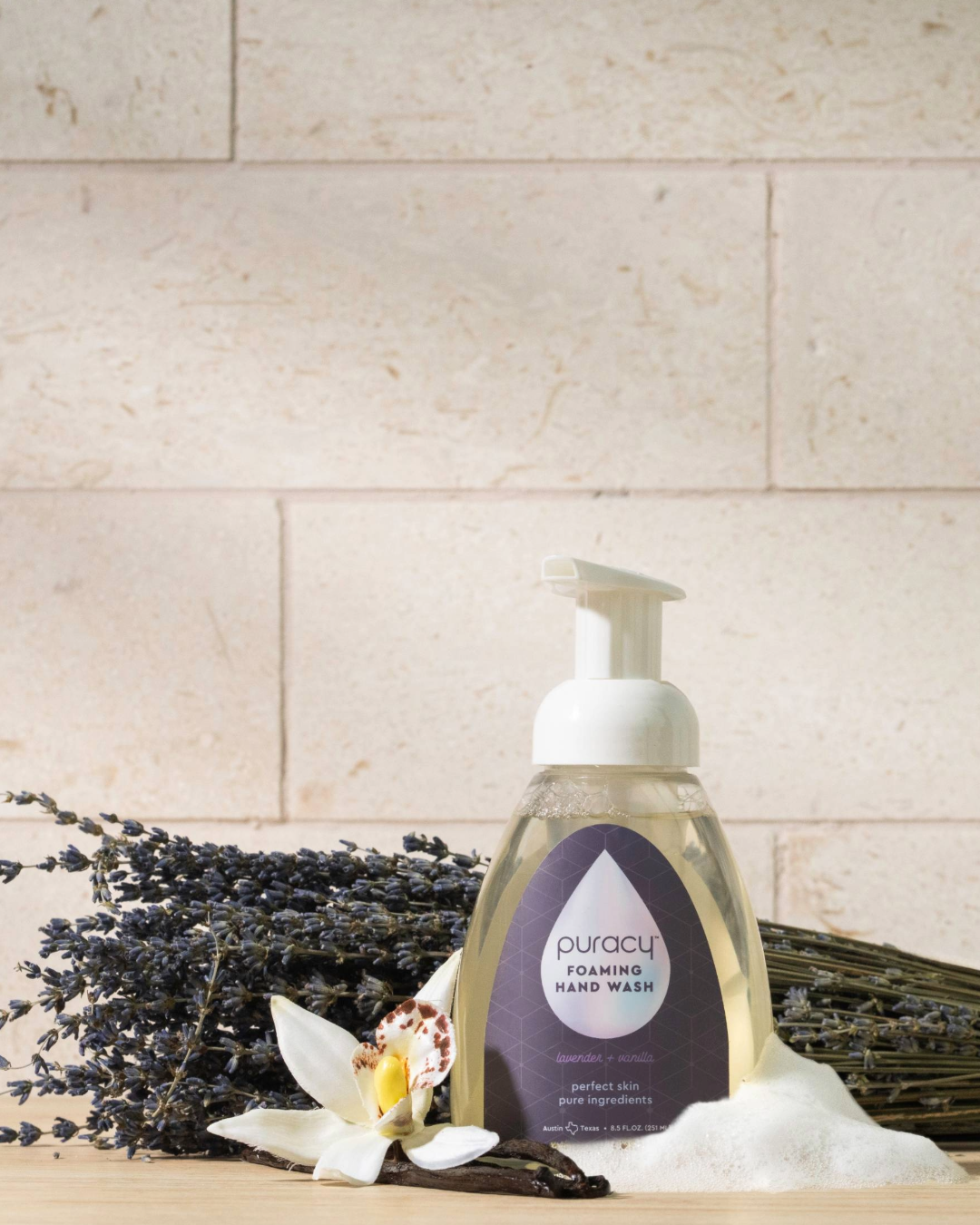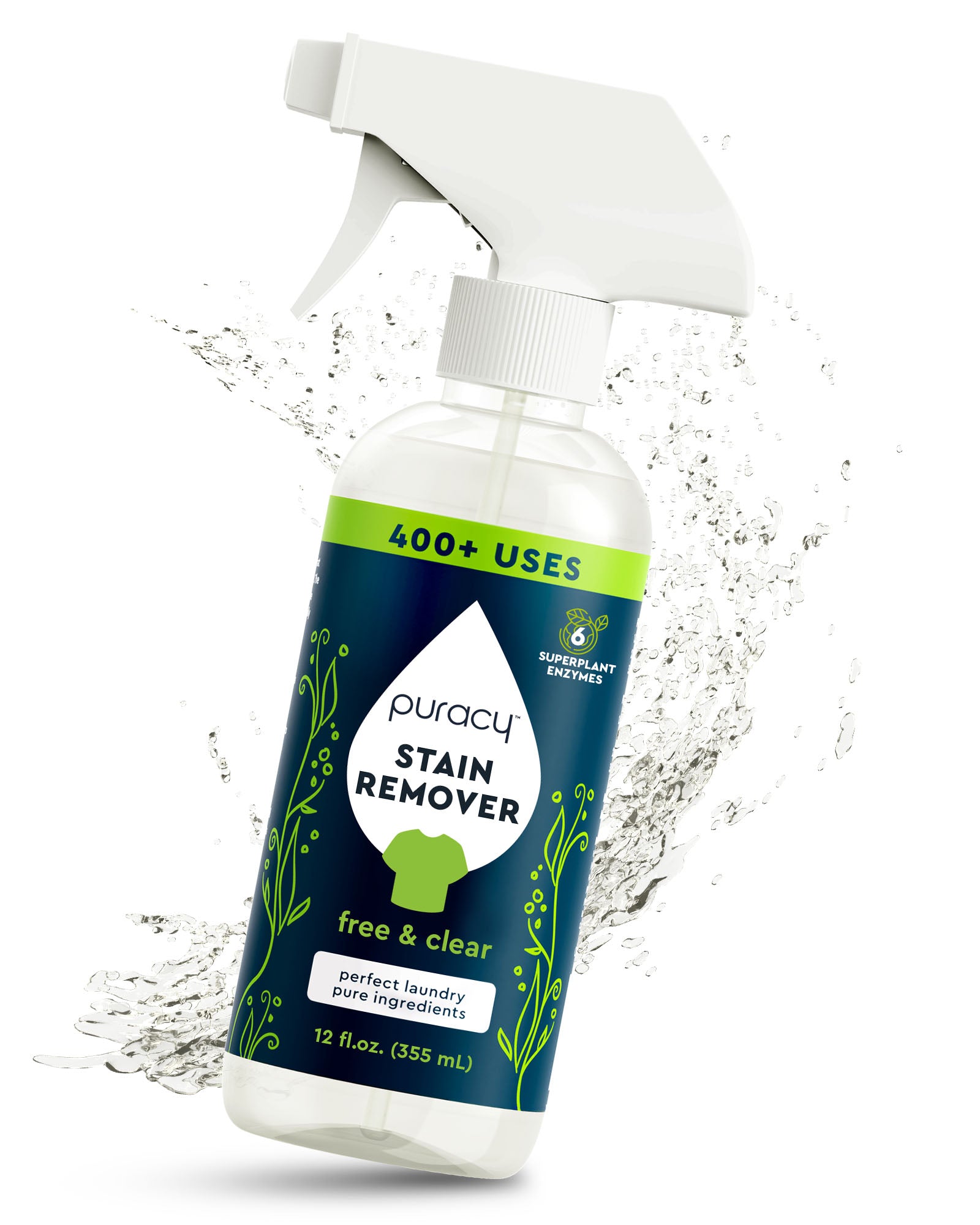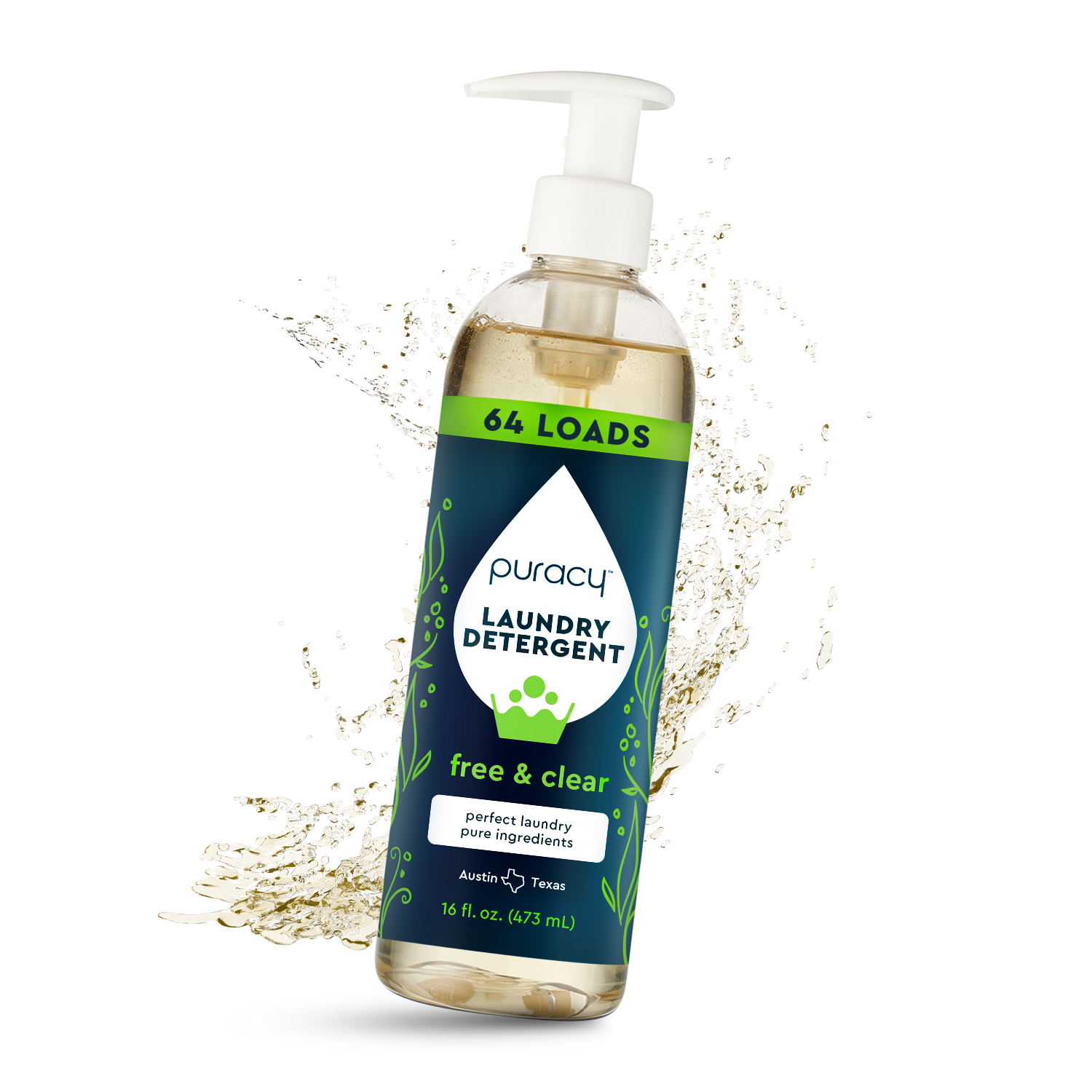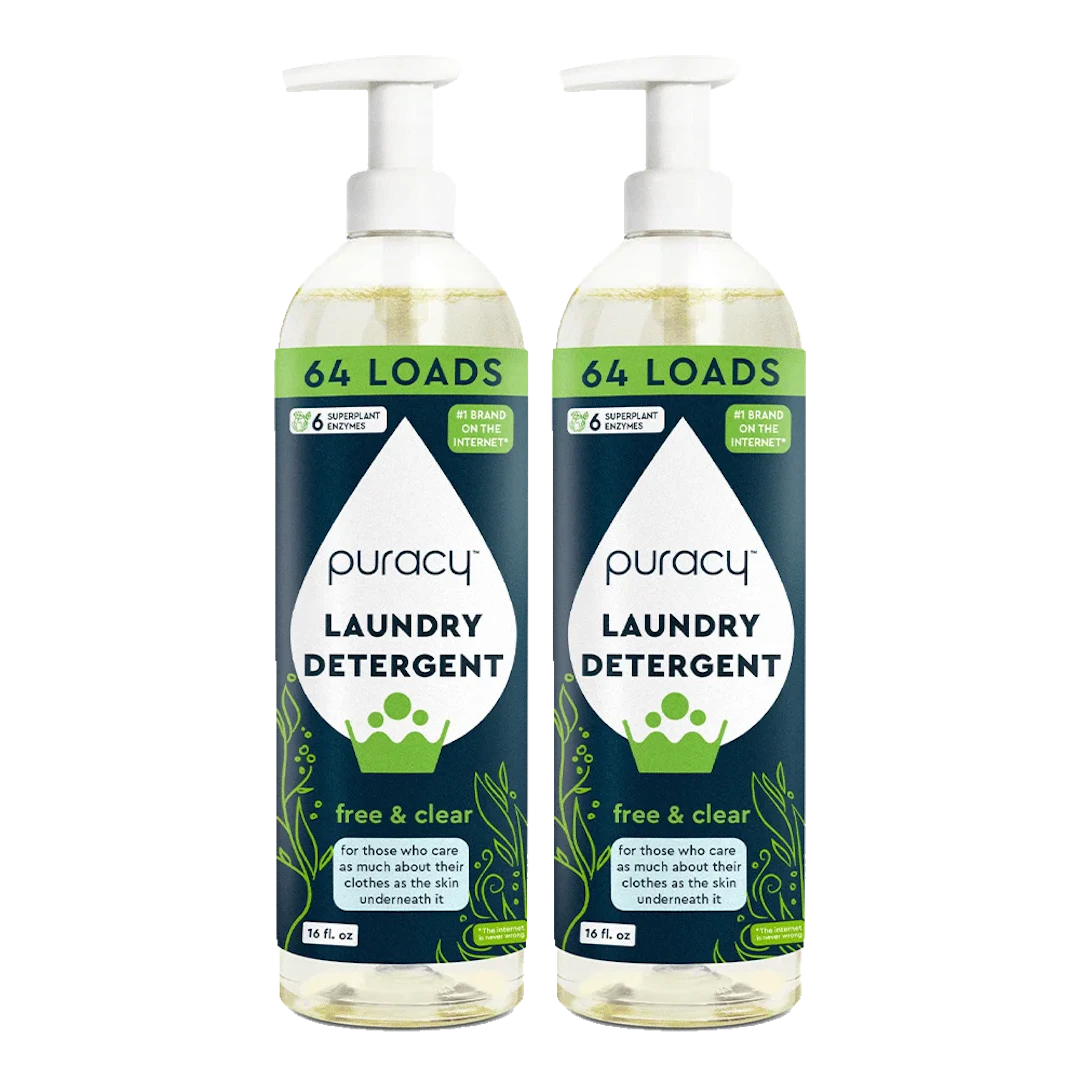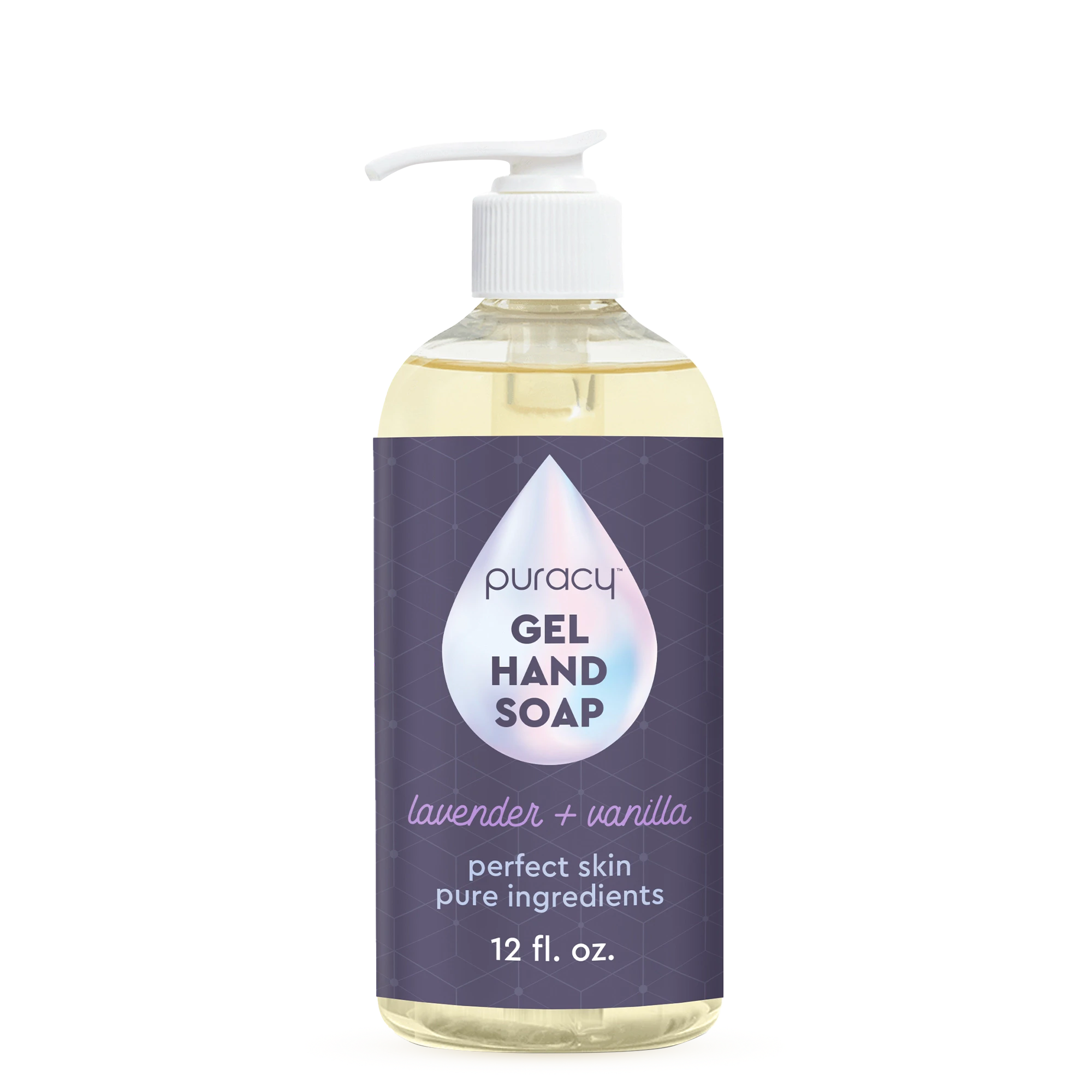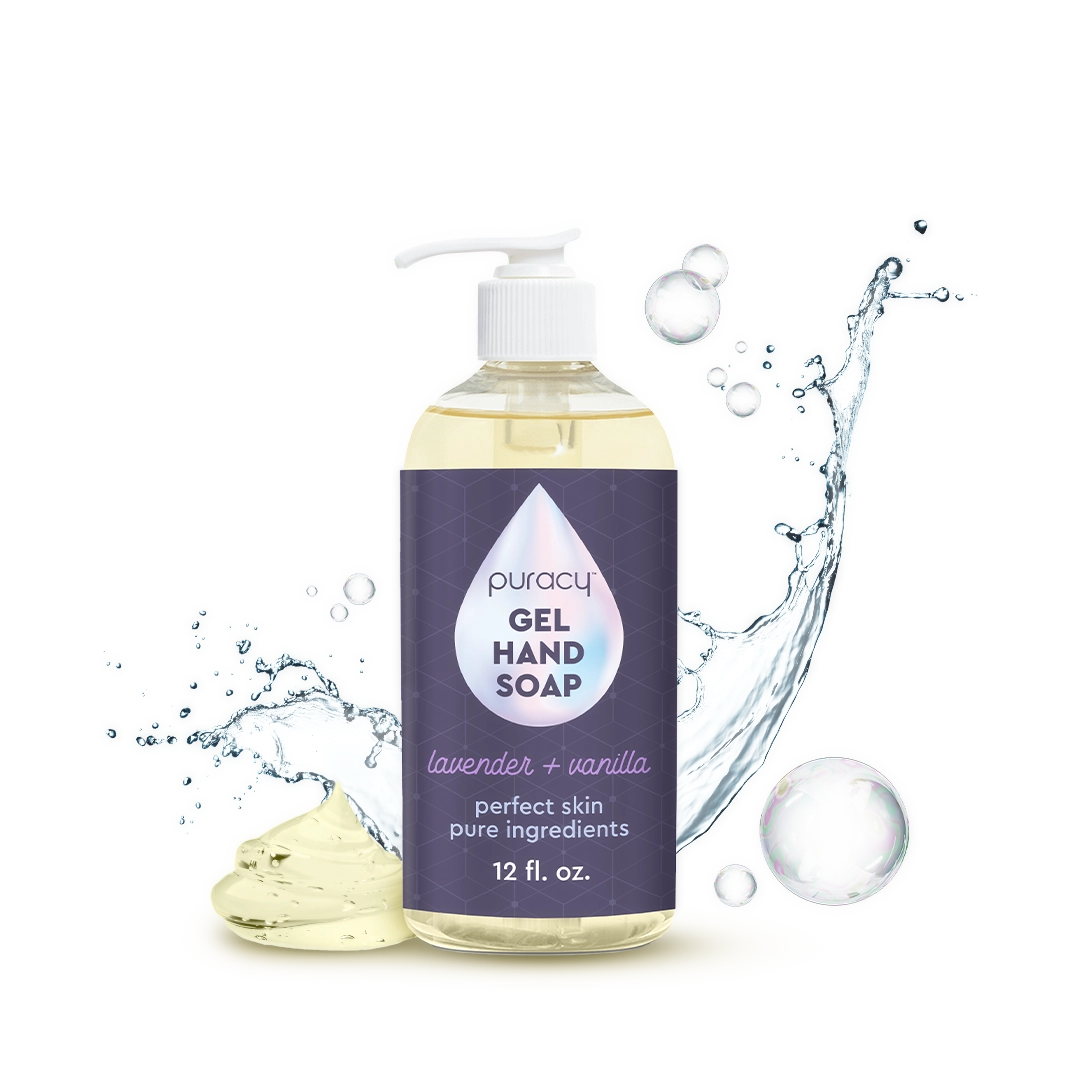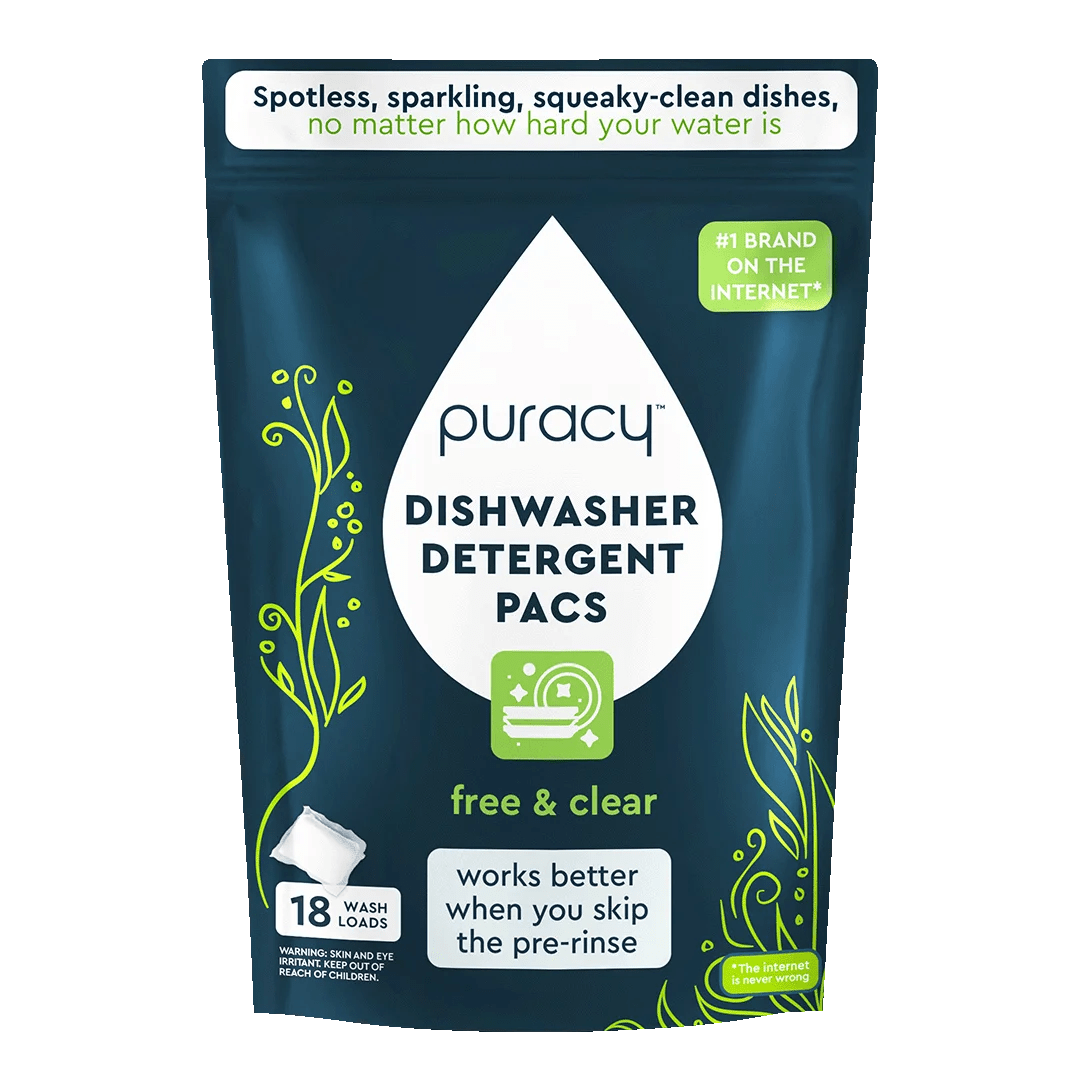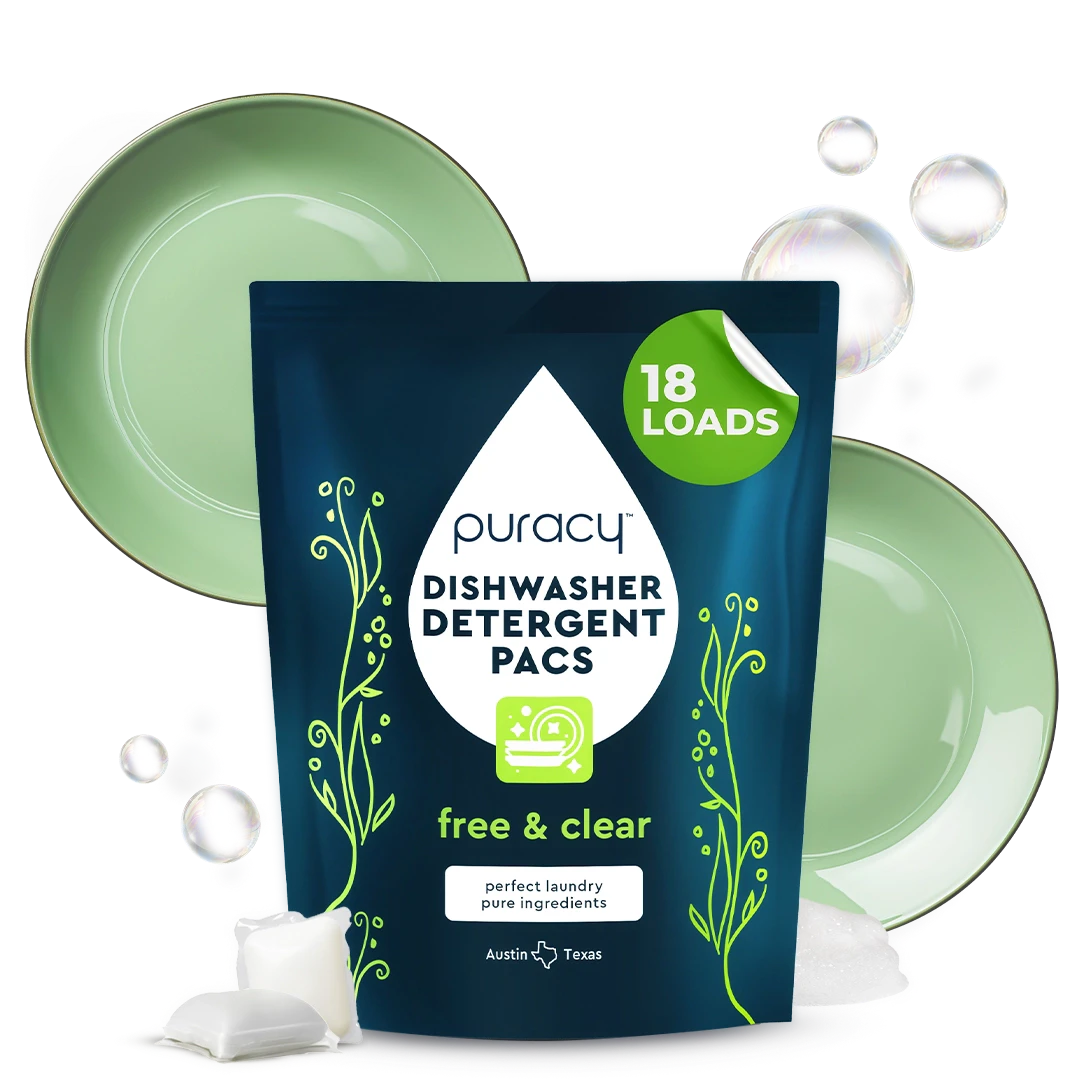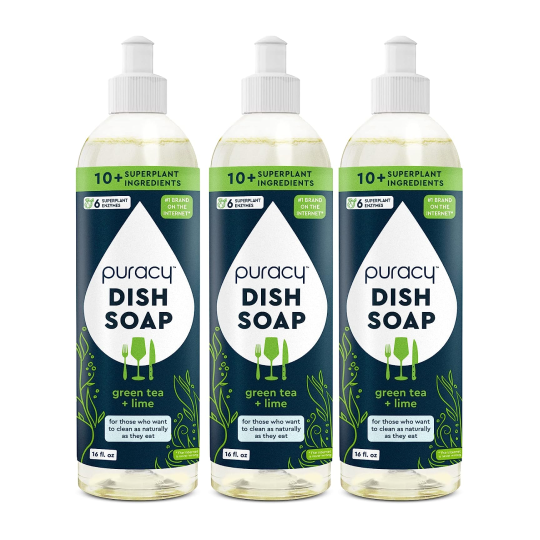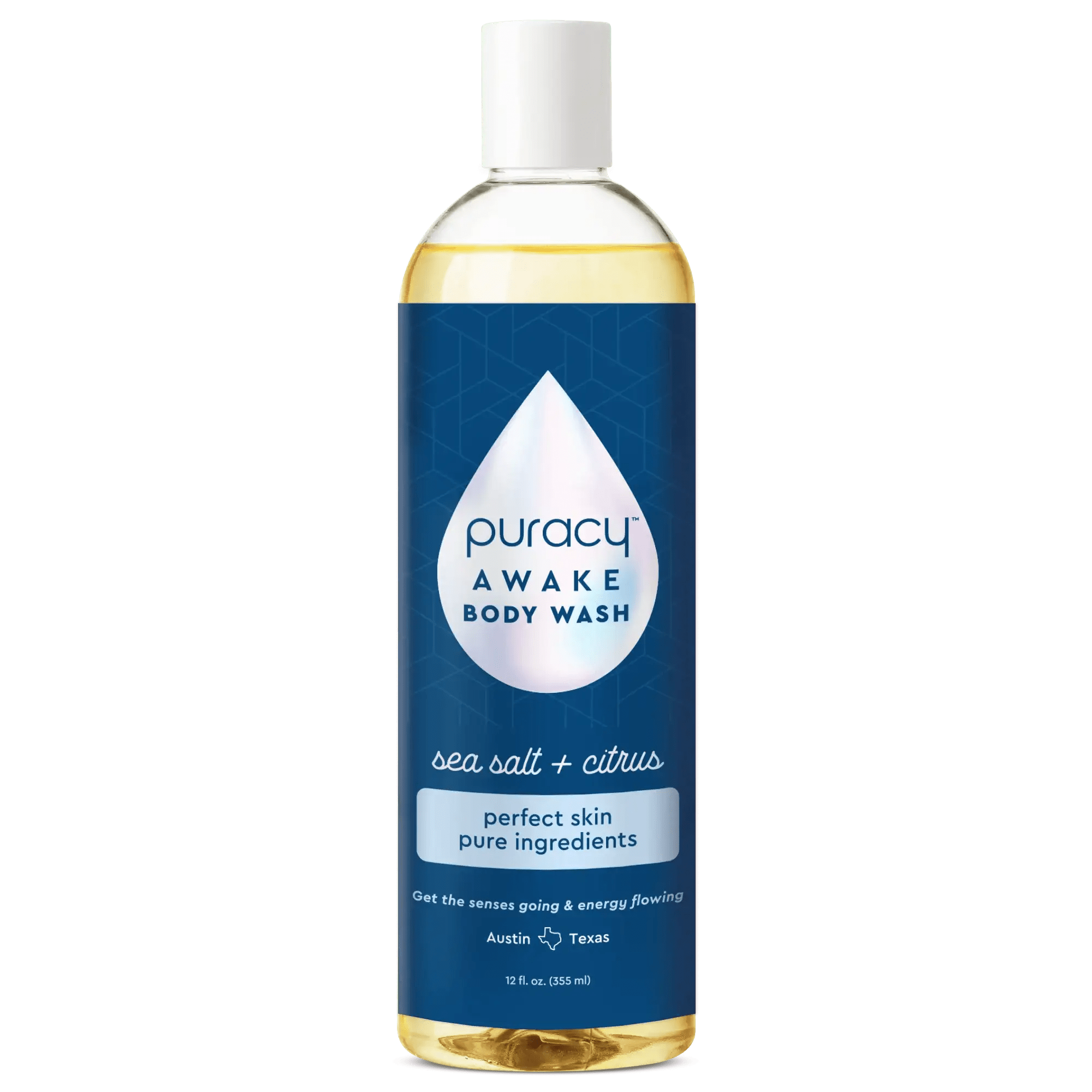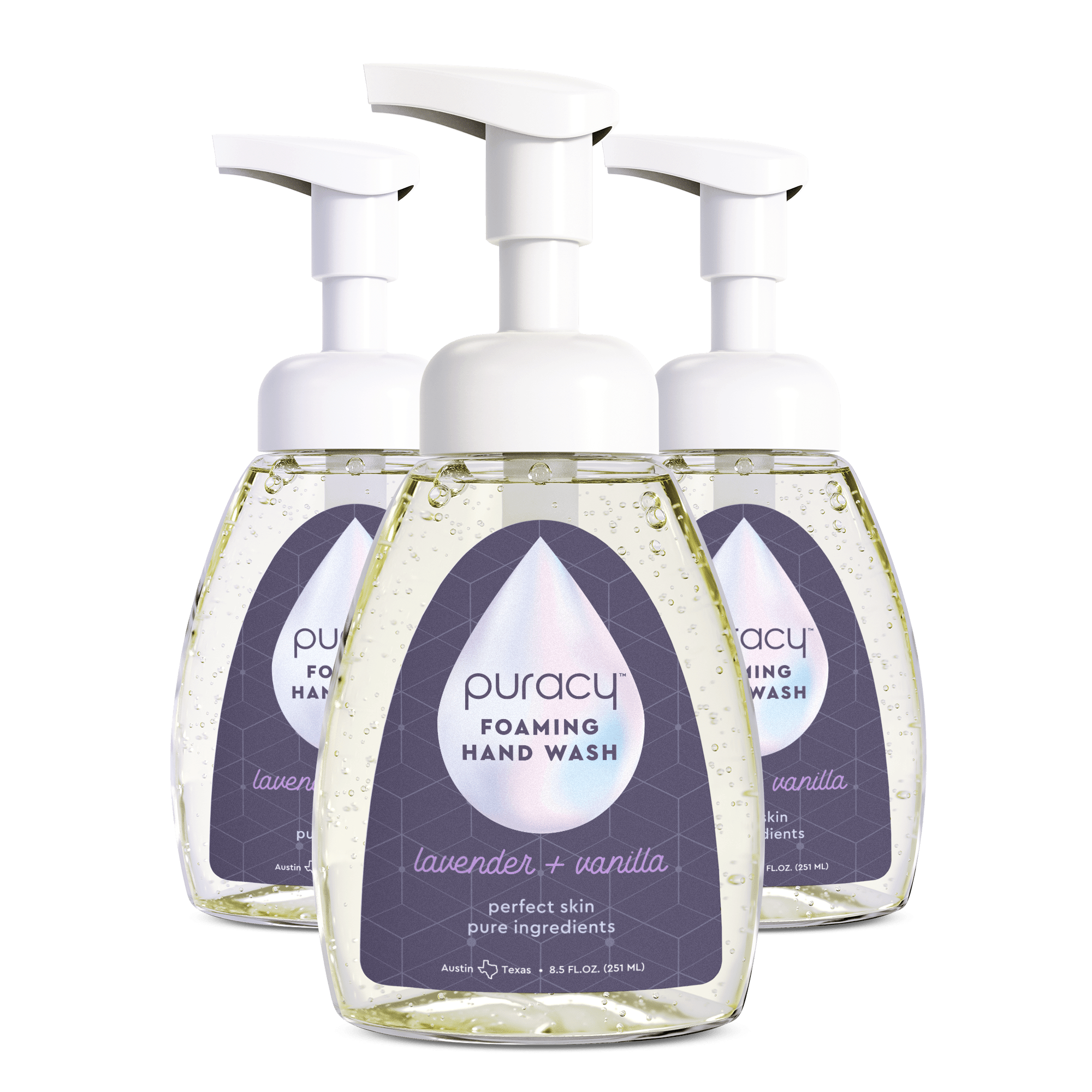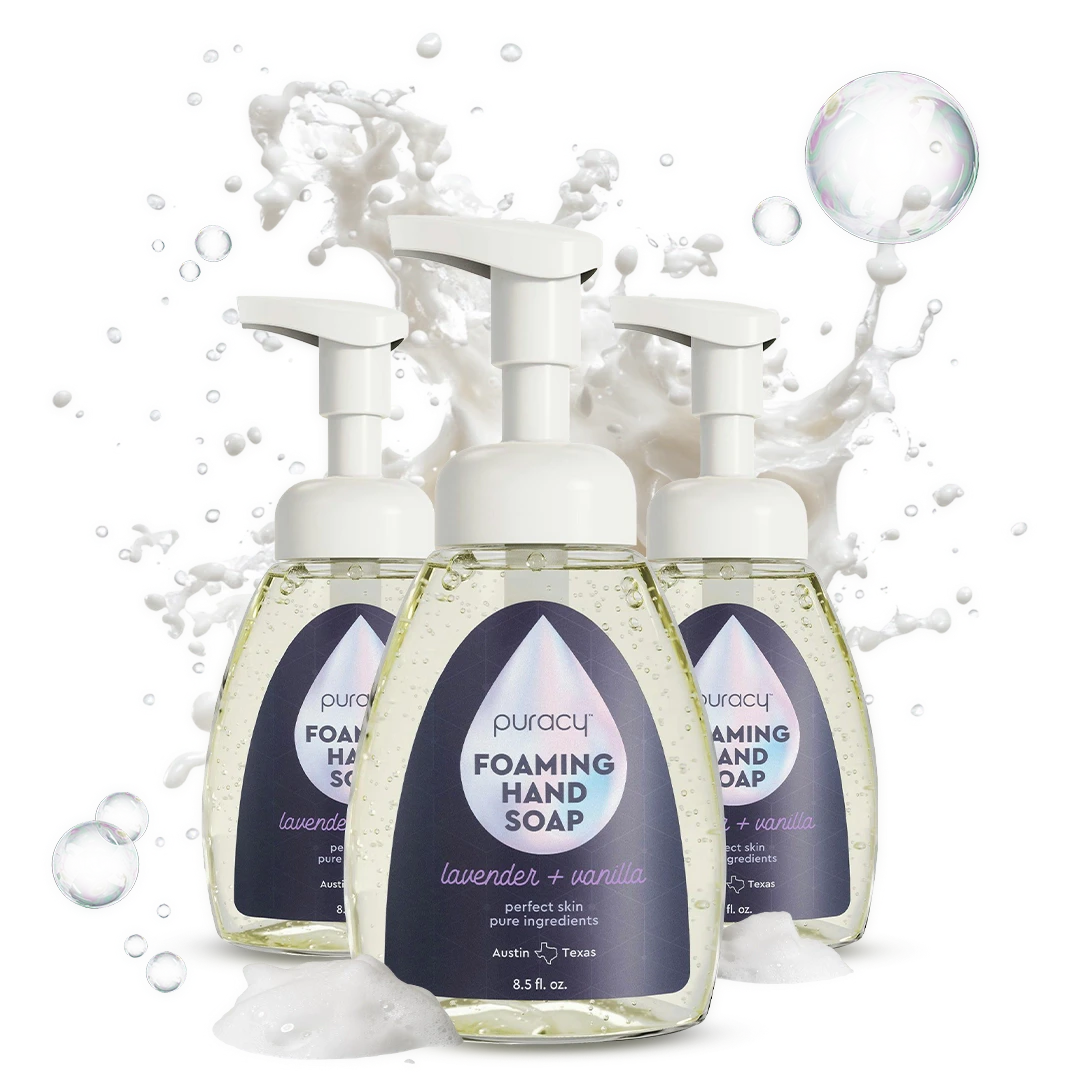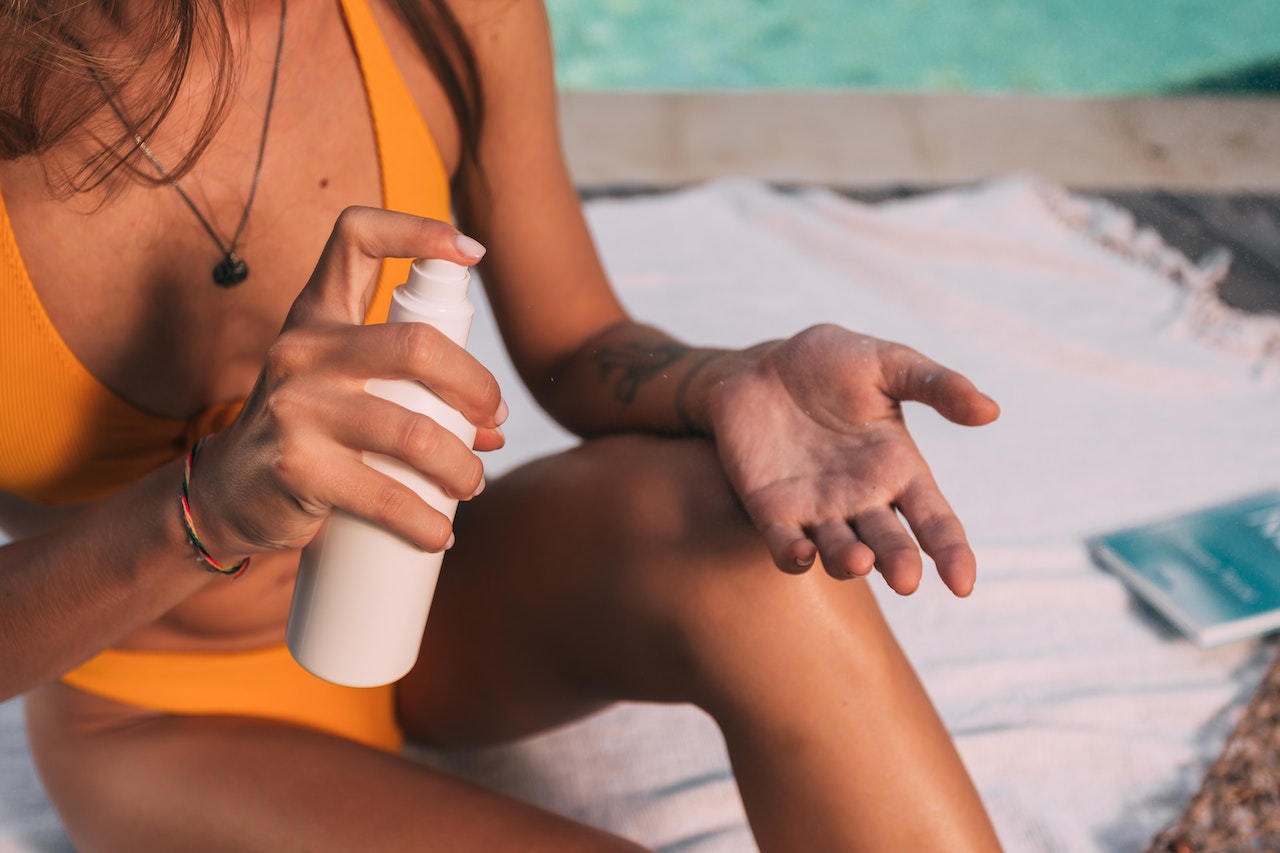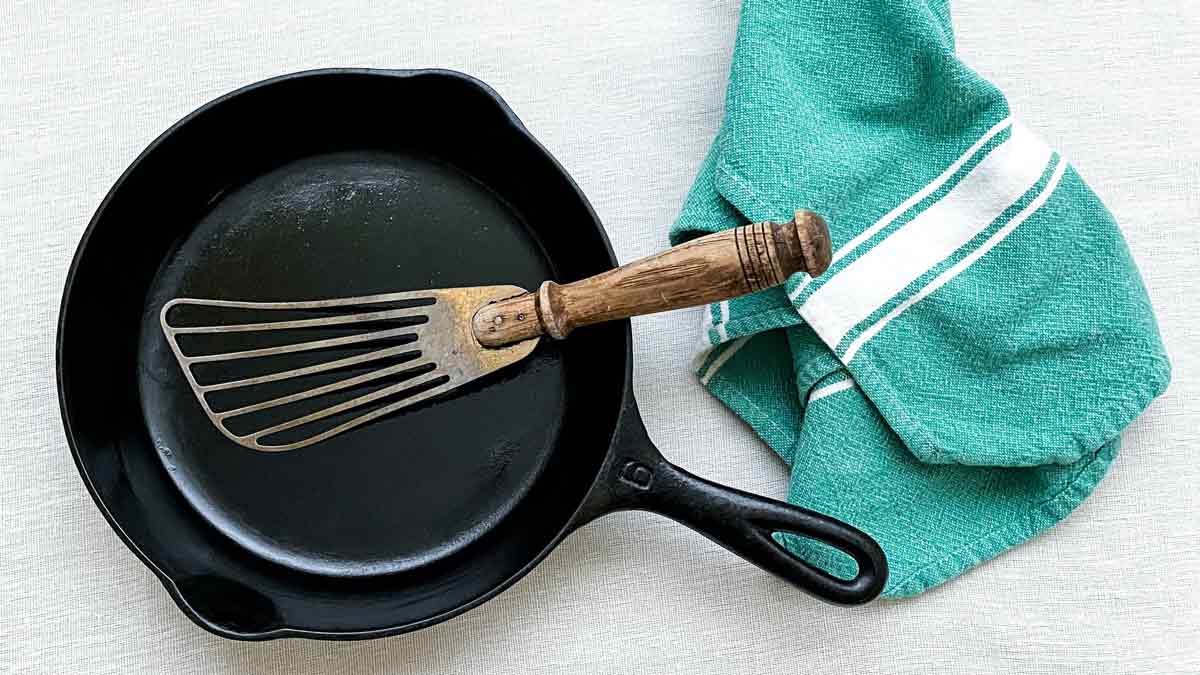
How to Clean Cast Iron
Whether used in an oven or over a campfire, cast iron is one of the most versatile cooking tools. And when you know how to deep clean cast iron correctly, it should last for generations. To sear, bake, and fry to your heart's content, discover the best way to clean cast iron skillets:
How to Deep Clean Your Cast Iron

Cast irons are not as fragile as the internet claims it to be, but it does need proper regular maintenance. Deep cleaning a cast iron skillet is necessary when food is badly burnt on it. One of the popular myths about cleaning a cast iron is that you shouldn’t use dishwashing soap or paste because it will remove the protective coat aka “seasoning” of your pan.
The truth is — seasoning a cast iron pan involves a thin layer of transformed oil that sticks to the metal. Using dish soap with surfactants won't harm the seasoning, so you can clean and scrub the pan with soap.
Here’s how to deep clean your cast iron pan:
-
Scrape food particles off of the pan while it is still warm.
You can use a cast-iron food scraper to remove particles easily without damaging the pan. It’s important to do this step while the pan is hot or warm to avoid food particles from drying and sticking heavily to the pan. Don’t let it sit in the sink or soak in water.
-
Add a spot of dishwashing liquid and scrub it lightly.
It’s okay to use dishwashing liquid to clean the skillet every few uses. But some experts say you can do without it. If you want to use soap, use sparingly. Then use a soft sponge to clean the pan.
Alternatively, you can use sea salt as an abrasive agent to remove food particles. Work around the pan with a paper towel.
-
Rinse your skillet with hot water.
If you’re not a fan of using soap, that’s okay. Chefs encourage you don’t to keep the seasoning intact. You can skip step 2 and go right ahead with placing the pan under running hot water. Use a soft sponge to remove the remaining food particles. And you’re done!
What Are the Best Ways to Maintain Cast Iron?

To ensure a longer lifespan, there are a couple of cardinal rules to follow:
- Never soak a cast iron pan in water.
- Clean cast iron skillets after use, preferably while they're still warm.
- Dry after cleaning and add a thin layer of vegetable oil/lard before putting it away.
- Struggling with sticky food? Simmer some water for 1-2 minutes before scrubbing.
- Stick to basics: You only need some vegetable oil and an occasional drop of dish soap.
For more helpful tips, please check out the FAQs below.
How to Dry Cast Iron

Make sure your cast iron is properly dry before storing it with these steps:
-
Use a clean cloth or paper towel to pat the pan dry.
Use a clean cloth or paper towel to wipe off any liquid from the pan immediately after washing it. Make sure to also wipe the handle and the bottom of the pan.
-
Let it air dry or place the pan over low heat on the stovetop to remove excess moisture.
Place the pan in a well-ventilated area and allow it to air dry. You can also turn on your stovetop and use it to quickly dry the pan on its top, side, and bottom.
-
Re-seasoning may be necessary before storing the skillet in a cool, dry place.
Help protect your pan by applying a thin layer of oil. This will help maintain its seasoning and protect it against moisture.
Know more about how to properly season your skillet below.
How to Season Cast Iron

Are flavors getting funky? Do you notice a dull or rusty surface? Deep cleaning your cast iron – and seasoning it will ensure a smoother cooking surface.
- Softly scrub the pan with some water and a drop of dish soap. A washcloth should work just fine.
- Rinse and dry your pan with a microfiber cloth. Drop 1-2 tablespoons of vegetable oil or lard into it.
- Using a paper towel or rag, ensure that the entire surface is covered (don’t forget the handles and the bottom).
- Turn the pan upside down, and place aluminum foil underneath to catch any drips. Bake in a 350ºF (175ºC) oven for one hour.
- Once it cools, if your pan feels rough or sticky, repeat the process.
Note: Some cast iron pans already come seasoned, so check the packaging. If it's pre-seasoned, proceed with cooking.
Frequently Asked Questions (FAQs)
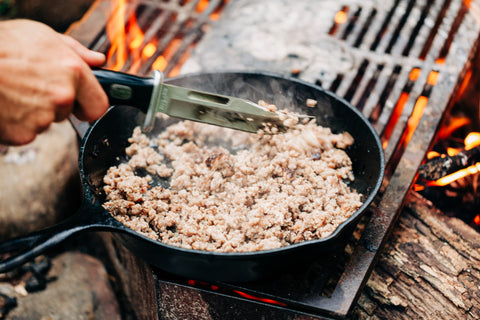
Most common questions asked by new skillet pan owners, answered:
-
How to Clean Rusty Cast Iron?
Rusted cast iron may feel like it’s beyond fixing, but it’s actually simple to re-season:
-
Apply some water, a drop of gentle dish soap, and a stiff-bristled scrub brush (or balled-up aluminum foil).
-
Scrub the rust off the pan.
-
Rinse all of the gunk and goop out of the pan.
-
Before cooking, season your pan (using the tips above).
-
Why Season Cast Iron With Oil?
Seasoning a cast iron skillet is the process of coating your pan with a thin layer of oil. This ensures your pan is protected from rusting.
-
Can I Soak Cast Iron?
Never soak your cast iron in water. While washing it with water is good for maintaining its condition, soaking the pan in water will lead to rusting.
-
Can I Wash Cast Iron With Soap?
Yes, you can use dish soap when cleaning your iron skillet but it’s not necessary. The internet is torn on this topic because soap may remove the skillet’s seasoning. If you must, use a tiny drop of dish soap. Otherwise, warm water is usually enough.
-
Can I Use the Dishwasher to Clean Cast Iron?
Cast iron should never go in the dishwasher. Instead, wash it by hand using products that feature safe, effective formulas with safe, plant-powered enzymes for maximum cleaning power. Not only does our Natural Dish Soap annihilate grease with its 99.41% formula, but it also leaves your hands incredibly moisturized without sulfates, petroleum-based ingredients, and synthetic fragrances.
5 Reasons Why Cast Iron Is So Great

Cast iron is great at absorbing oils and fats. Often referred to as "seasoning", this shiny-looking, non-stick surface enhances the taste of food while preventing rust formation.
1. You Won't Scratch Them
Most non-stick pans can’t be used with metal utensils. Feel free to use whatever utensils you’d like with cast iron.
2. Cooks More Evenly
Because this material heats more evenly, you’re less likely to see “hot spots” (or scorch marks).
3. Heat Resistant
From stove tops to ovens to campfires, cast iron withstands incredible temperatures. And because they also retain heat, your pan can keep food warmer long after it's been removed from the heat source.
4. Virtually Indestructible
Any aficionado does not recommend washing your pans regularly. A quick wipe down – while it's still warm – is usually good enough..
5. Doesn't Require Regular Washing
Any aficionado will not recommend washing your pans regularly. Most of the time, you can get by with a quick wipe-down while it's still warm.
Note: Battling tough food stains? Fill your pan with water and boil it before applying elbow grease.
